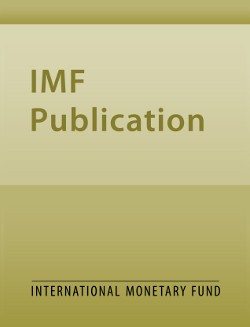
What Shapes Current Account Adjustment During Recessions?
What Shapes Current Account Adjustment During Recessions?
READ MORE...
Volume/Issue:
Volume 2021
Issue 198
Publication date:
ISBN:
Add to Cart by clicking price of the language and format you'd like to purchase
Available Languages and Formats
Topics covered in this book
This title contains information about the following subjects.
Click on a subject if you would like to see other titles with the same subjects.
Exports and Imports , Economics- Macroeconomics , Money and Monetary Policy , Economics / General , Natural Disasters , response to recession , synchronized recession , current account sensitivity , current account response , Non-commodity EMs , Economic recession , Current account , Credit booms , Private savings , Natural disasters , Global
Summary
This paper studies the dynamics of external accounts during 278 economic recession events in the past 60 years and sheds light on key factors that shape these patterns. Economic recessions trigger highly-persistent increases in the current account, driven by an initial, sharp decline in investment and fueled by medium term deleveraging, more so in advanced economies than in emerging markets. The strengthening of the current account is more pronounced when internal and external imbalances are present, and less when recessions are synchronized across countries. During severe natural disasters or epidemics, however, current accounts tend to weaken in the short term. Consistent with these findings, the COVID-19 shock, with comparatively moderate pre-existing imbalances yet high synchronization, had a muted effect on current account balances. The compositional changes, however, were unique and driven by unprecedented policy intervention, with record public dissaving more than offsetting exceptional private saving.
Copyright © 2010 - 2025
Powered by:
AIDC



